The British modified the Landscape
The earliest settlement in Hong Kong was identified as “Victoria City” on Hong Kong Island, which covered the Central and Western District today, from which we can find the largest number of SWTs. As the island has very limited flat land for city construction, “Victoria City” expanded towards the steep mountains of the island apart from land reclamation. Construction of roads and flat grounds from cut and fill created many retaining walls, built out of local masonry stones with traditional craft techniques. The craftsmanship was not passed on, and there is almost no documentation on how these walls were built back in the days.
When the British arrived in Hong Kong in 1842, this place was a bare rock due to previous deforestation. From the 1850s onwards, the British introduced a tree planting program with 2 main approaches – hillside planting and street tree planting. While many exotic species were introduced, in particular from Australia, for the re-afforestation on the hillside, Chinese Banyan became the “favorite” street tree species because of its excellent shade, quick growth and high resilience to damage.
英殖時間改造的景觀
「維多利亞城」被認定是香港島上最早的定居點,範圍覆蓋今天的「中西區」,當中可以找到為數最多的石牆樹。 由於港島「山多平地少」,能夠作城市建設的用地非常有限,因此「維多利亞城」當時除了以填海造地地外,還向港島的陡峭山脈擴展——通過興建擋土牆,平整道路和平坦地面。這些擋土牆的特色是利用本地石材,以中國傳統方式砌成,但工藝已經失傳,並且幾乎沒有相關的建造文件記載。
當英國人在1842年到達香港時,由於先前的樹林砍伐,香港基本上是一塊「裸石」。從1850年代開始,英國人開始實施植林計劃,主要採取兩種方法——山坡種植和街頭植樹。他們引入了許多外來樹種,特別是從澳洲引進,以便在山坡上重新造林;而榕樹因其良好遮蔭、快速生長力和高抗災能力,成為最受歡迎的「街頭樹種」。

